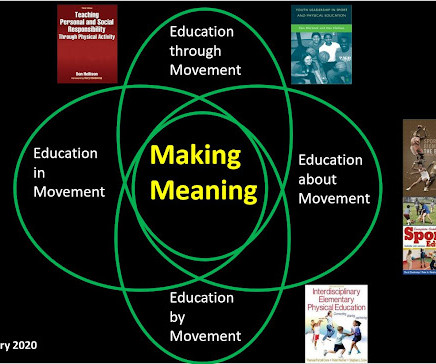THE PITFALLS OF 'MORE, YOUNGER' MINDSET Why Starting Kids Too Early and Pushing Them Too Hard Can Backfire in Youth Sports
Better Coaching
DECEMBER 24, 2024
This approach, which Ive labeled More, Younger, insists that increased time on the field, in the gym, or on the court is the surest path to success, scholarships, and lifelong athletic achievement. Ultimately, the goal is not to stifle athletic achievement but to cultivate it in a way that respects the natural trajectory of child development.










Let's personalize your content